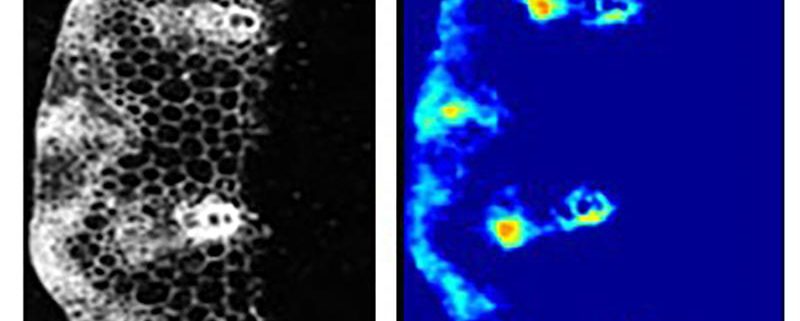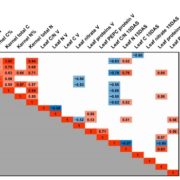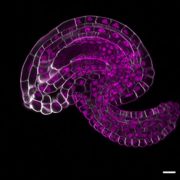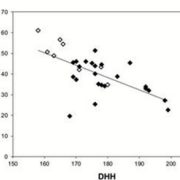New imaging technique developed for the quantitative visualization of sucrose in plants
(Translated from the original)
Regina Devrient Press and Public Relations
Leibniz Institute of Plant Genetics and Crop Plant Research
Sucrose is the primary transport form of sugar in plants. It therefore plays an essential role as an energy source, but also as a signal generator under stress. Scientists at the Leibniz Institute of Plant Genetics and Crop Plant Research (IPK) Gatersleben have developed a novel method for the visualization of sucrose at a previously unattained microscopic level. Thanks to this new technology, the sugar concentration in various plant tissues can be precisely determined. This provides researchers with a new precision tool to study sugar transport and yield potential in crops.
Sucrose is the main energy source, the main form of storage for sugar and a signaling substance. Due to its elementary tasks, sucrose affects almost all processes within the plant. Methods for the quantification of sucrose are available, but they do not provide any information on the local distribution in the respective tissues and organs. And precisely these distribution patterns are crucial for the physiological functions of the plant, as they allow understanding on sugar transport, storage activity and yield formation.
Previous imaging methods for the mapping of sucrose are either not quantitative, too unspecific, or even require a genetic modification of the plant to be examined, which would be problematic for use in crops. Researcher of the group of Dr. med. Ljudmilla Borisjuk of IPK Gatersleben developed a method based on Fourier Transform Infrared Microspectroscopy (FTIR). The new method for this question is relatively easy to perform and at the same time versatile. The FTIR-based method can quantitatively represent the sucrose distribution in various tissue types at a resolution of ~ 12 μm over a wide concentration range.
The research team has successfully applied the new technology not only to the model plant Arabidopsis thaliana but also to the cultivated plant barley (Hordeum vulgare). In barley, basic assumptions regarding the sucrose distribution in different conducting tissues could be confirmed. Unexpectedly, it was found that the phloem in cereal has interconnections with different sucrose content. The physiological mechanisms for this are still unknown. In the germinal axis of the Arabidopsis sweet mutant, the researchers were also able to show an unexpected redistribution of the local sucrose.
The new method is an important tool for plant breeding to determine sucrose transport capacities. The method is already widely used in studies on assimilate transport in other important crops – in addition to barley in wheat, oilseed rape, maize and other plant species.
Scientific contact:
Dr. Hardy Rolletschek (IPK Gatersleben)
Leibniz Institute for Plant Genetics and Crop Plant Research (IPK) Gatersleben
Tel .: +49 39482 5686,
E-mail: [email protected]
Web: https://www.ipk-gatersleben.de/molekulare-genetik/assimilat-allokation-und-nmr/
Original Publication:
André Guendel, Hardy Rolletschek, Steffen Wagner, Aleksandra Muszynska, Lyudmilla Borisjuk (2018), Micro Imaging Displays the Sucrose Landscape within and along Its Allocation Pathways, Plant Physiology, DOI: https://doi.org/10.1104/pp. 18.00947










